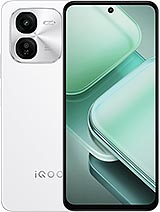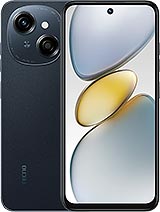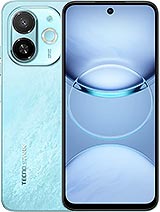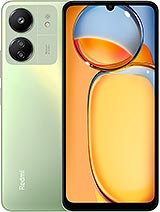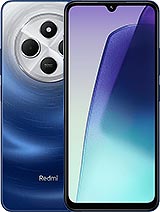iQOO Z10x alternatives
Tap above to see alternatives.
Lava Yuva 2 alternatives
Tap above to see alternatives.
Lava Yuva 2

Lava Yuva 2
-
Unisoc T760
6 nm
-
5000 mAh
18W
-
6.67"
720 x 1612 pixels
-
50 MP
1080p@30fps
-
Specs

4x2.5 GHz Cortex-A78
4x2.0 GHz Cortex-A55
1x2.2 GHz Cortex-A76
3x Cortex-A76
4x Cortex-A55
8GB 128GB (UFS 3.1)
8GB 256GB (UFS 3.1)
f/1.8, (wide), PDAF
2 MP
f/2.4, (depth)
wide, f/1.8, AF
2 MP
macro
1080p@60fps
wide
SIM1: Nano, SIM2: Nano
SIM1: Nano, SIM2: Nano
FDD: N1, N3, N5, N8, N28
TDD: N40, N77, N78
FDD: N1, N3, N5, N8, N28
TDD: N40, N41, N77, N78
FDD: N1, N3, N5, N8, N28
TDD: N40, N77, N78
FDD: N1, N3, N5, N8, N28
TDD: N40, N41, N77, N78
In this performance comparison, the iQOO Z10x with its Mediatek Dimensity 7300 (4nm) performs better than the Lava Yuva 2 with the Unisoc Unisoc T760 (6nm), thanks to superior chipset efficiency.
iQOO Z10x offers 2 years of OS updates, whereas Lava Yuva 2 provides 1 years. For security updates, iQOO Z10x offers 3 years of support compared to Lava Yuva 2's 2 years.
Both iQOO Z10x and Lava Yuva 2 use LCD screens. In terms of smoothness, iQOO Z10x offers a higher 120 Hz refresh rate, ensuring fluid scrolling and animations. iQOO Z10x also boasts a brighter screen with 1050 nits of peak brightness, enhancing outdoor visibility. Notably, iQOO Z10x offers a higher screen resolution, resulting in sharper visuals and more detailed content.
iQOO Z10x comes with a larger 6500 mAh battery, which may offer longer usage on a single charge. iQOO Z10x also supports faster wired charging at 44W, compared to 18W on Lava Yuva 2.
iQOO Z10x includes an IP64 rating, while Lava Yuva 2 lacks an official IP rating.
- iQOO Z10x – Check price here
- Lava Yuva 2 – Check price here
¹ Scores can vary even with the same chipset due to RAM, thermals, and software optimization.

